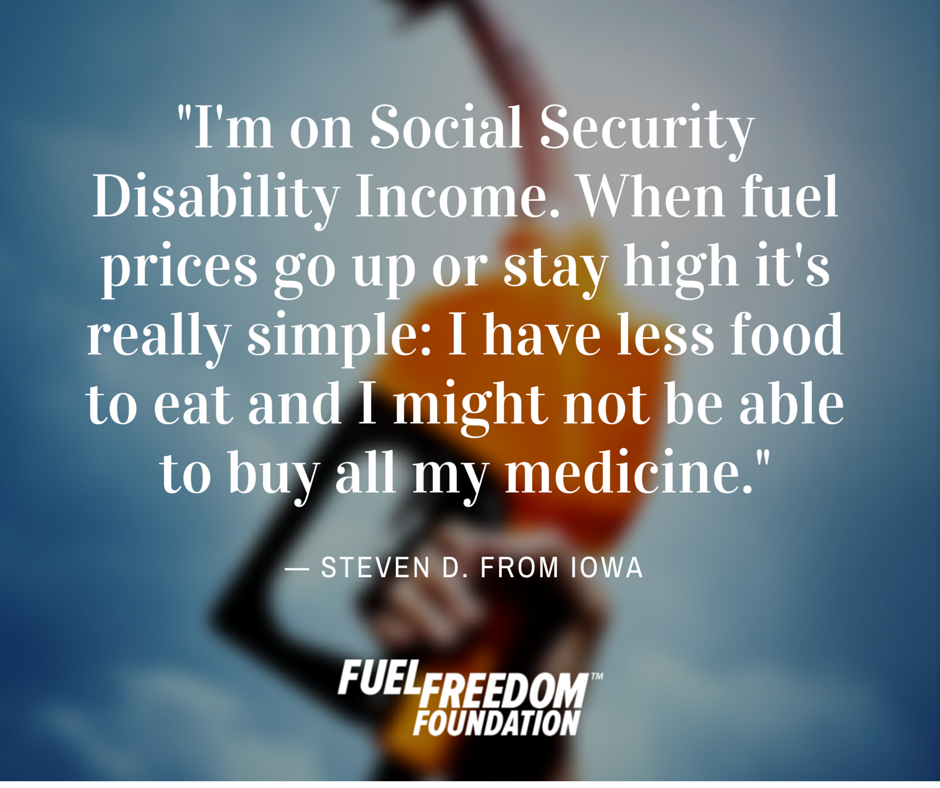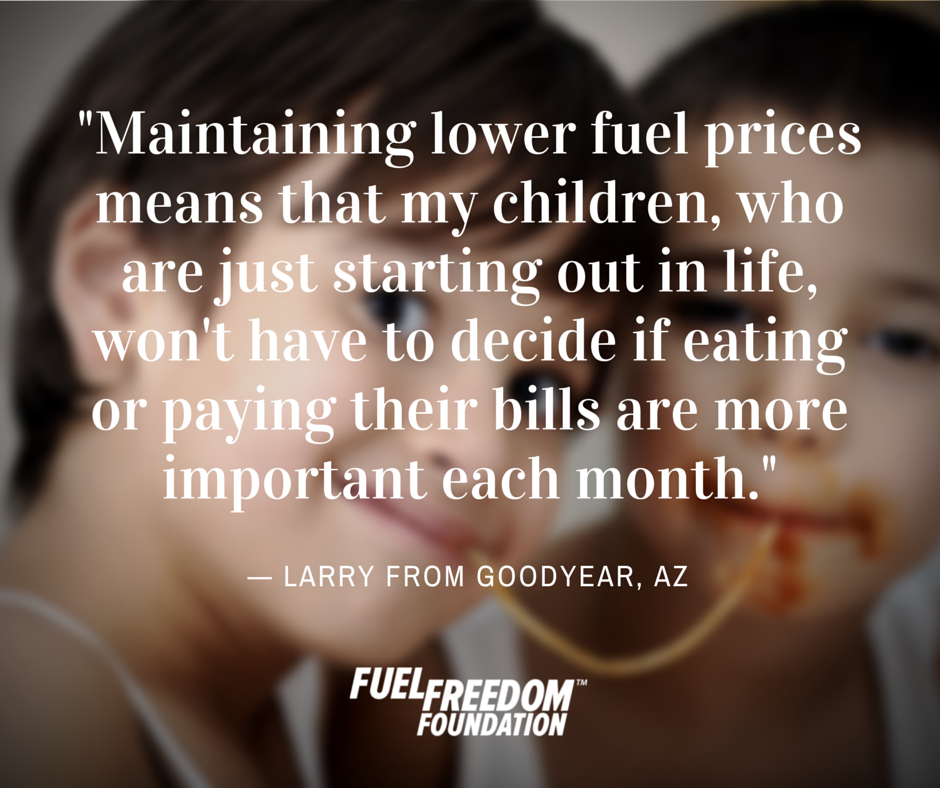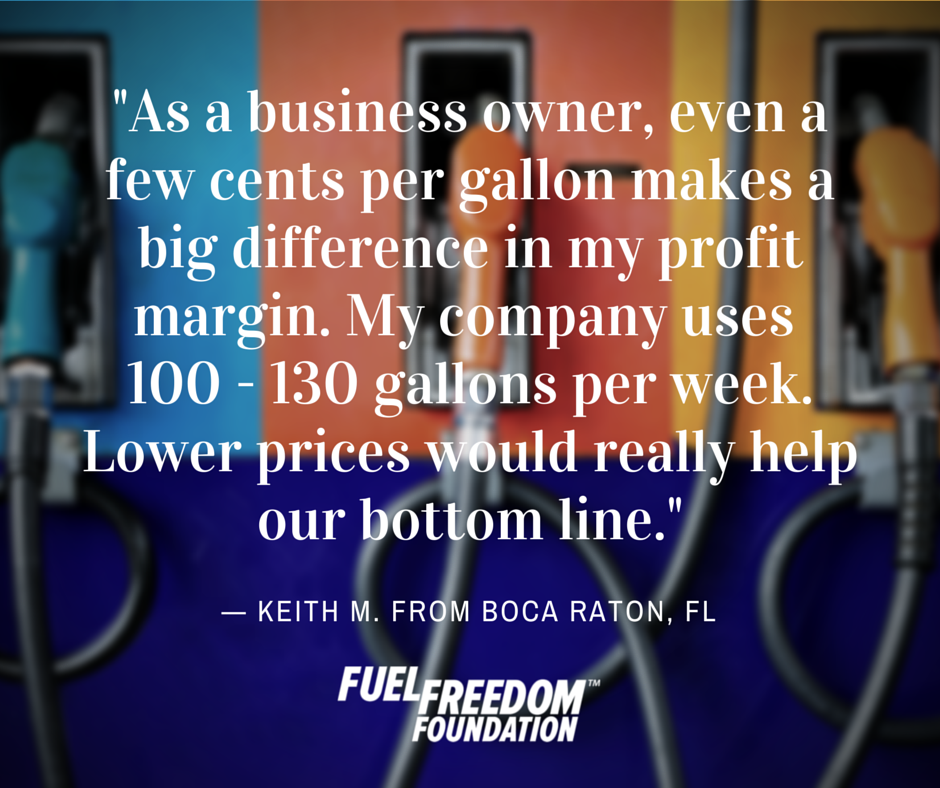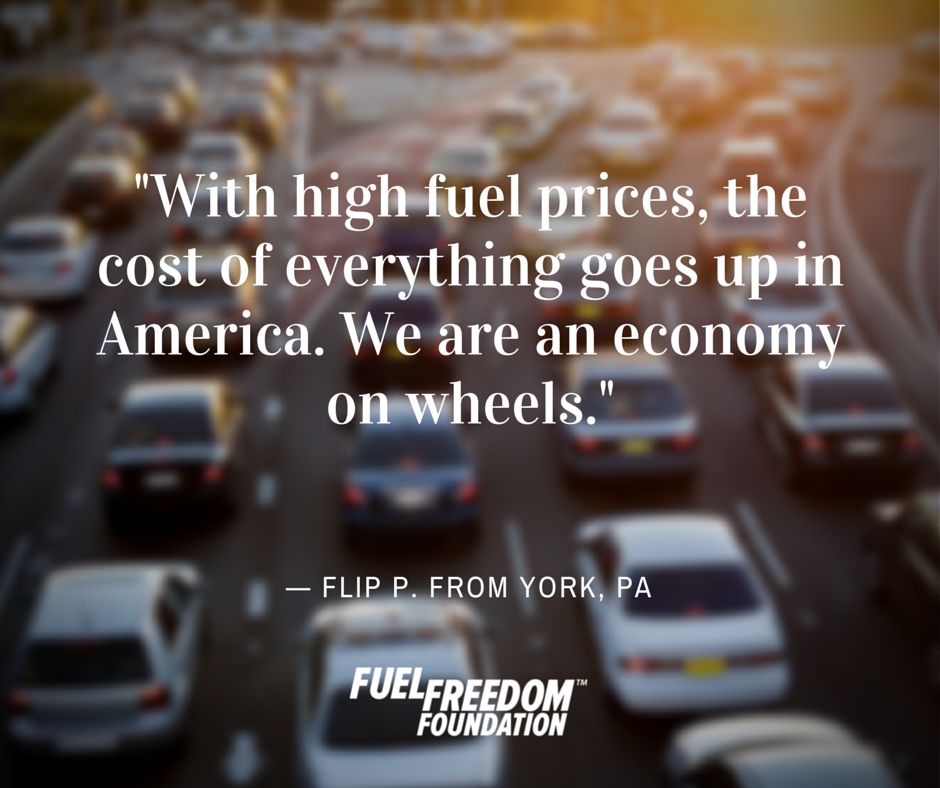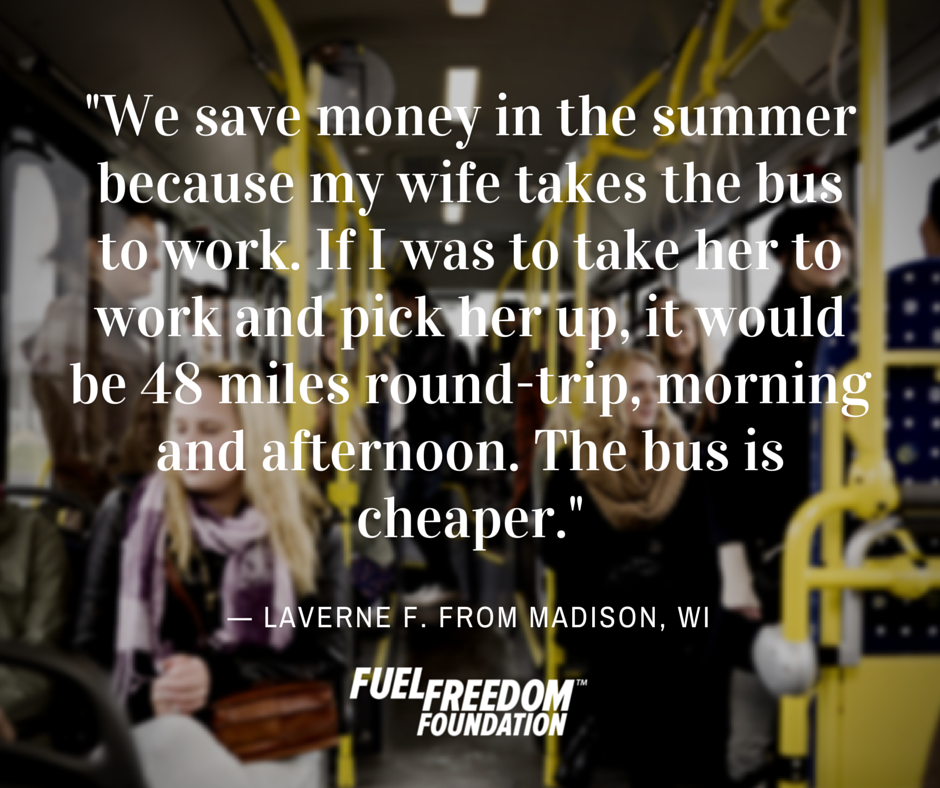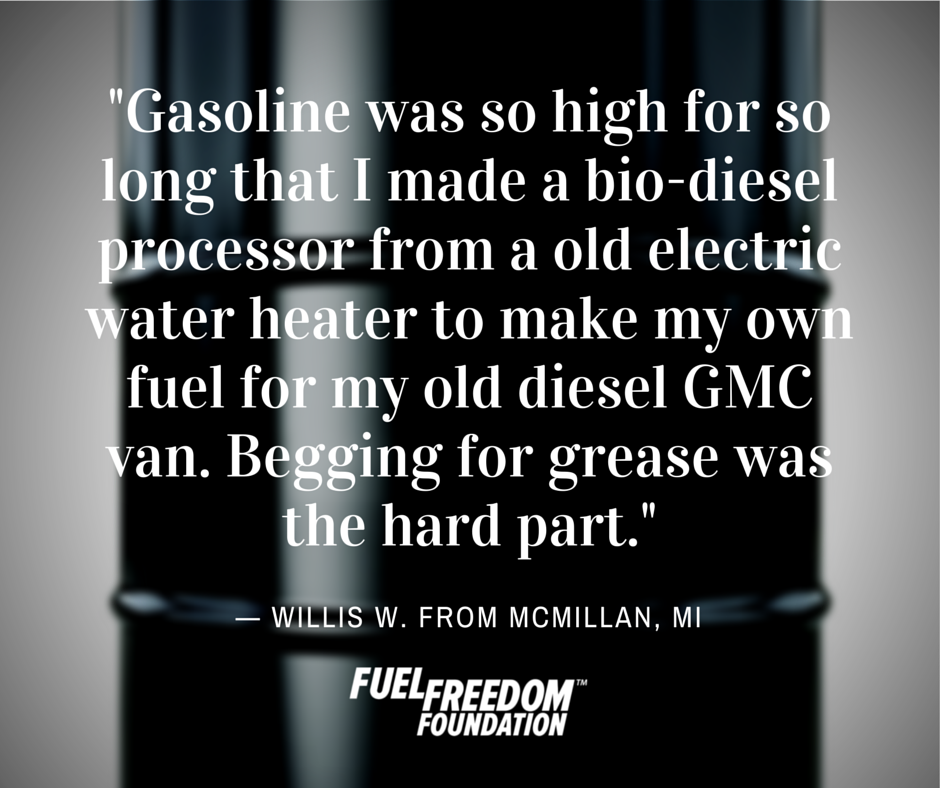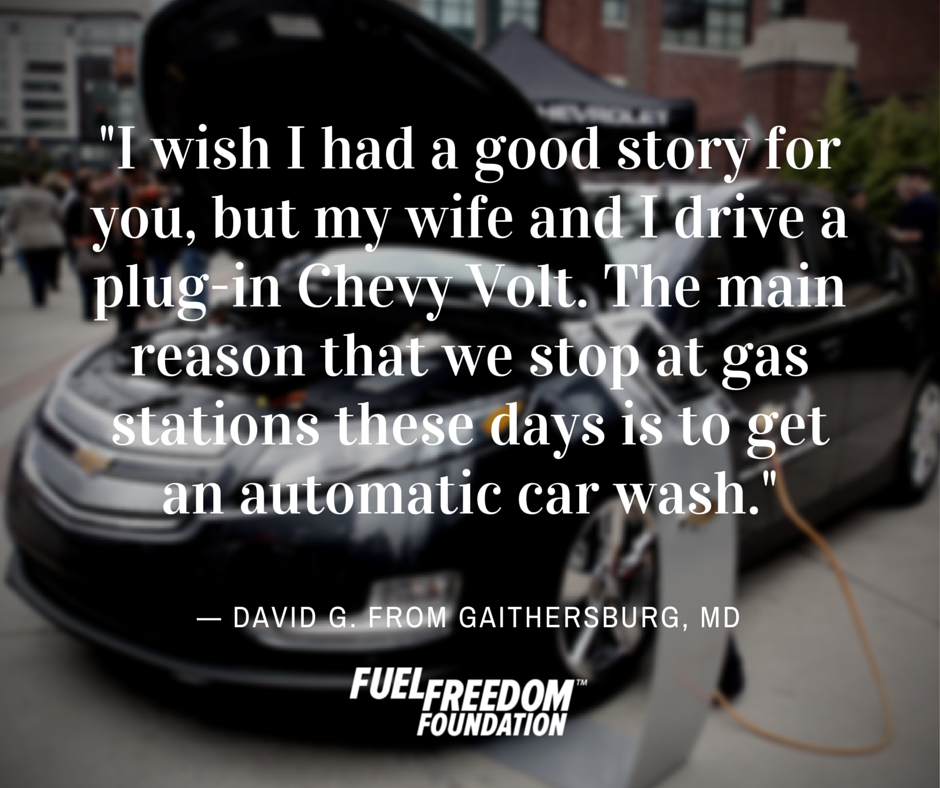The flex-fuel Dodge Charger shows you can be both green and cool
Aaron Walsh’s first car was a 2008 Chrysler Sebring flex-fuel, meaning it could take E85 or any other ethanol blend. It was a good car.
But his new car … wow. The 2012 Dodge Charger, in Tungsten Metallic gray. Now that’s a proper car for a young man. And Walsh never would have bought it if it didn’t come in a flex-fuel version.
“That’s my biggest reason for using it,” says the student from Haslett, Mich., just east of Lansing. “I absolutely hate the petroleum industry.”
His reasons are mostly environmental: the BP spill in the Gulf, etc. “I could go into it, but it would take a long time.”
The point is, he did something about it, and that something came around the time he decided he needed a vehicle upgrade. Walsh already knew the benefits of ethanol because of his father, who works for the state of Michigan, which encourages state employees to put E85 into their flex-fuel vehicles. So right around his 21st birthday, last June, he found the Charger and its 3.6-liter Pentastar V6 engine.
“I wanted something that didn’t have to run on gasoline,” he said. “And the first thing I wanted was an electric; I was really into the Chevy Volt. But then I realized a college student doesn’t have $40,000. Then I looked and saw that the Charger is $24,000.”
Walsh, who attends Lansing Community College, says finding an E85 station isn’t difficult. “It keeps getting easier and easier,” he says. He posts his fill-up data to his Twitter feed, @gasisoutrageous (his account name is #Number1BigHero6Fan … hey, dude has other interests besides ethanol), and he regularly gets in the twenties for mpg. Also, E85 is a lot cheaper than regular gasoline at many stations in the Lansing-Haslett area. Nationally, E85 was only $1.86 a gallon Thursday, 23.7 percent cheaper than E10, according to E85Prices.com.
Price isn’t the only benefit to buying E85. Higher ethanol blends burn more cleanly and efficiently than E10 (what most of us call regular gas). Using more alcohol fuels displaces oil, strengthening the overall U.S. economy, creating domestic jobs; reducing oil consumption is better for our air, water and health.
But the price at the pump is still a big factor, and most Americans know this. Walsh knows it, and needs it. He works at a convenience store, and says his dad has been helping him out covering the cost of payments and upkeep. The vehicle is also not exactly ideal for the brutal Michigan winters, with is rear-wheel and slick tires.
But he loves it. Using ethanol doesn’t mean you can’t enjoy your car at the same time. And that roaring engine runs great on high-octane E85.
“When I started driving, whenever I would slam on the accelerator pedal, I’d just hear dollar signs. Now I like the performance. I actually bought that car just because of the engine.”
Other posts in our “Share Your Story” series:
- 10 people who turned anger into solutions to high gas prices
- Missouri dad perfectly sums up the frustration of volatile gas prices
- ‘If they raise gas prices, they should be raising the salaries’
- Here’s what Americans are telling us about the price of gas
- This guy watched PUMP, got mad, and went looking for E85
- Minnesota, land of many lakes and E85 pumps
- Share your story of gas-price outrage

